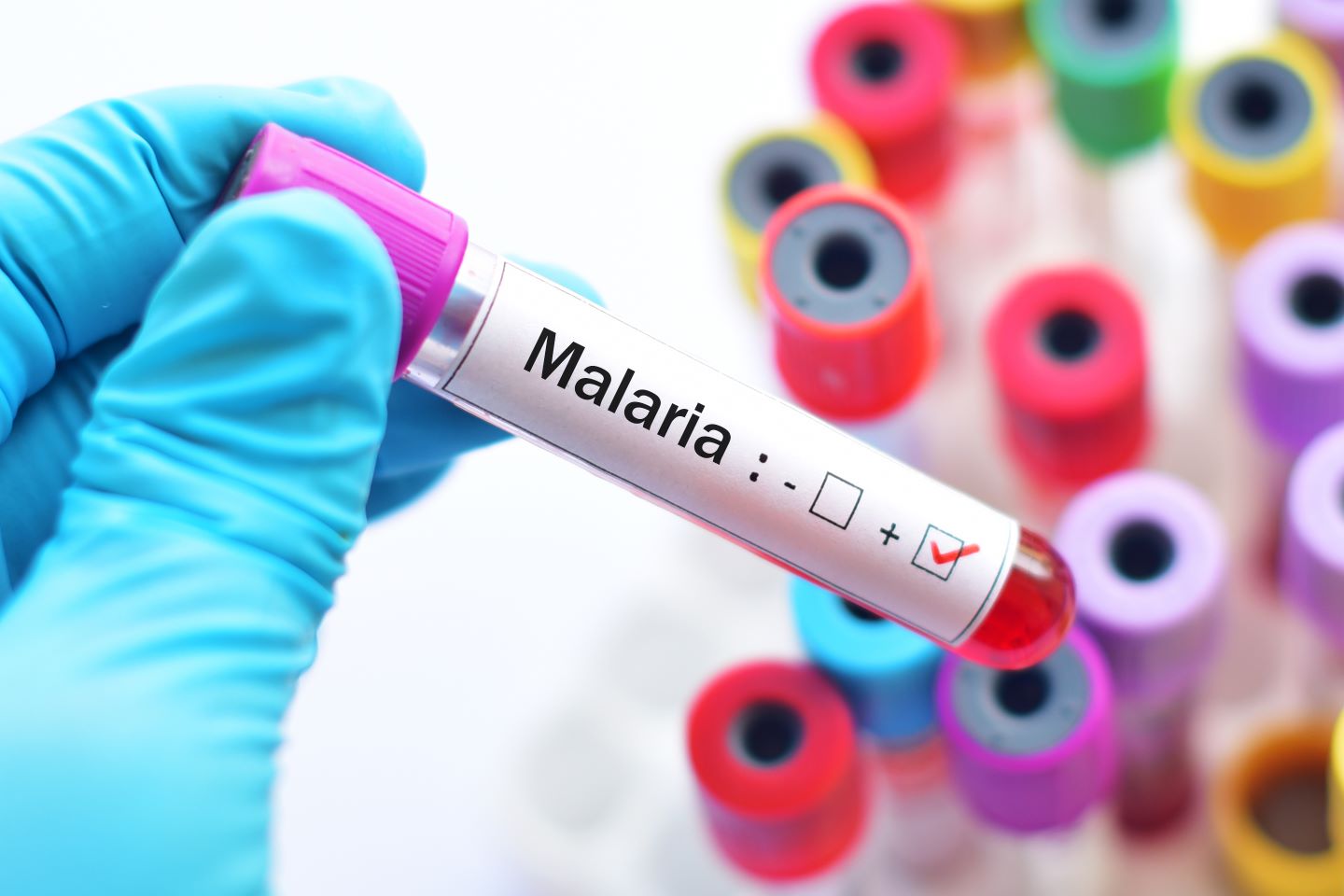On 26 June, the US Centers for Disease Control and Prevention (CDC) issued a health advisory (CDCHAN-00494) regarding five cases of domestically transmitted malaria. One case was detected in Texas and four in Florida. All cases involved the species Plasmodium vivax. Two additional cases have been detected in Florida since the CDC’s publication, bringing the total to seven.
GlobalData epidemiologists predict an increase in domestically transmitted malaria in coming years, barring significant mosquito control efforts.
According to a health advisory released by the Texas Department of State Health Services (DSHS) on June 23, this is the first domestically acquired case of malaria in Texas since 1994. The last recorded domestic malaria cases in the US were in Palm Beach County, Florida, in 2003. Domestic transmission means that the person infected has not been travelling outside of the US, so local mosquitos are carrying and transmitting the disease. Most malaria cases are found in international travellers—there are approximately 120 such cases in Texas every year, and 23 international cases of malaria have been reported in Florida in 2023. If undetected or untreated, these international cases can begin the chain of transmission, so careful screening is imperative to prevent malaria in domestic mosquitos.
Anopheles mosquitoes are the only vector for malaria, but they are found worldwide. There are five species of the Plasmodium protozoan that affect humans: P. falciparum, P. vivax, P. malariae, P. knowlesi, and P. ovale. P. falciparum results in severe malaria, often seen in Africa, but this protozoan cannot survive in Anopheline mosquitoes if the temperature is below 68°F (20°C). However, P. vivax can survive temperatures down to 59°F (15°C), which allows transmission outside of subtropical areas. P. vivax does not cause severe diseases such as P. falciparum, but it is capable of remaining dormant in the liver and causing relapse after months or years. Symptoms include cyclical fever, chills, headache, pain, and fatigue.
Treatments for P. vivax infections include chloroquine, hydroxychloroquine, and Artesunate for severe cases. The CDC urges that medical professionals have diagnosis and treatment plans in place for malaria within 24 hours of symptom onset. Hospitals and laboratories are encouraged to have a stock of diagnostic and treatment supplies.
See Also:
The burden of global malaria has been increasing since 2007. GlobalData models forecast approximately 37 million incident cases of malaria in African (Democratic Republic of the Congo, Ghana, Kenya, Nigeria) and Asia-Pacific (India, Indonesia) countries, by the end of 2023, up from four million in 2007. The US began malaria control in 1914, and by 1951 the disease was considered eliminated. Control efforts largely comprised spraying endemic areas and households with insecticides such as DDT, and draining standing water where Anopheles lay their eggs. Unfortunately, the CDC notes that there are still Anopheles mosquitoes in the US, and there are now over 125 insecticide-resistant mosquito species.
How well do you really know your competitors?
Access the most comprehensive Company Profiles on the market, powered by GlobalData. Save hours of research. Gain competitive edge.

Thank you!
Your download email will arrive shortly
Not ready to buy yet? Download a free sample
We are confident about the unique quality of our Company Profiles. However, we want you to make the most beneficial decision for your business, so we offer a free sample that you can download by submitting the below form
By GlobalDataPotential causes for domestic transmission of P. vivax include: temperature, control efforts, and mosquito adaptation. Increased temperatures can allow for the development of Plasmodium outside of its normal seasonal window and outside of its normal geographic restrictions. Lapses in control efforts, such as routine spraying and reduction of breeding sites, may allow a resurgence of Anopheline populations. Resistance to DDT and other insecticides may also increase mosquito burden and increase the risk of transmission.
The CDC notes that the risk of sustained domestic transmission of P. vivax is low. However, there are precautions suggested against mosquitos, which can also transmit Dengue virus, Chikungunya virus, West Nile virus, and Zika virus. Mosquito control measures include: dumping or frequently changing standing water such as from bird baths and old tires, using screens in windows and doors, covering up at night while some species are active, and using insect repellant when outside.










Related Company Profiles
DSHS Ltd
Centers for Disease Control and Prevention